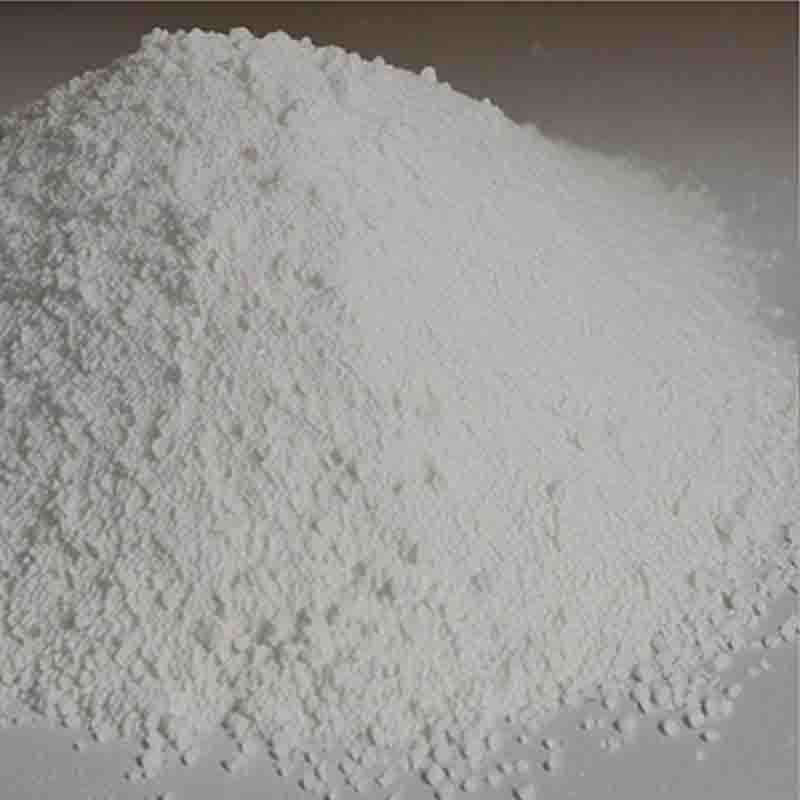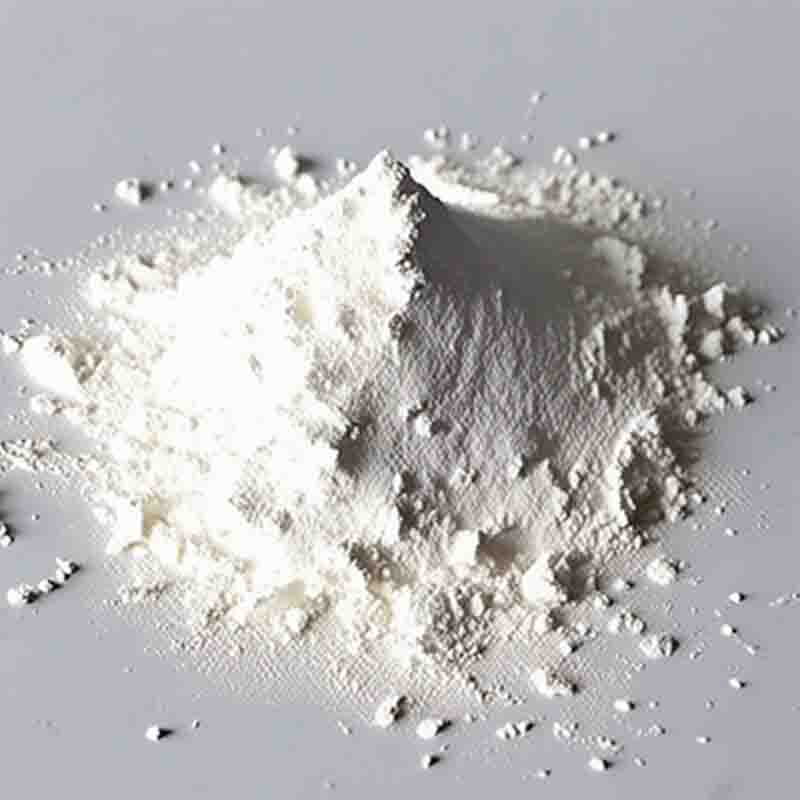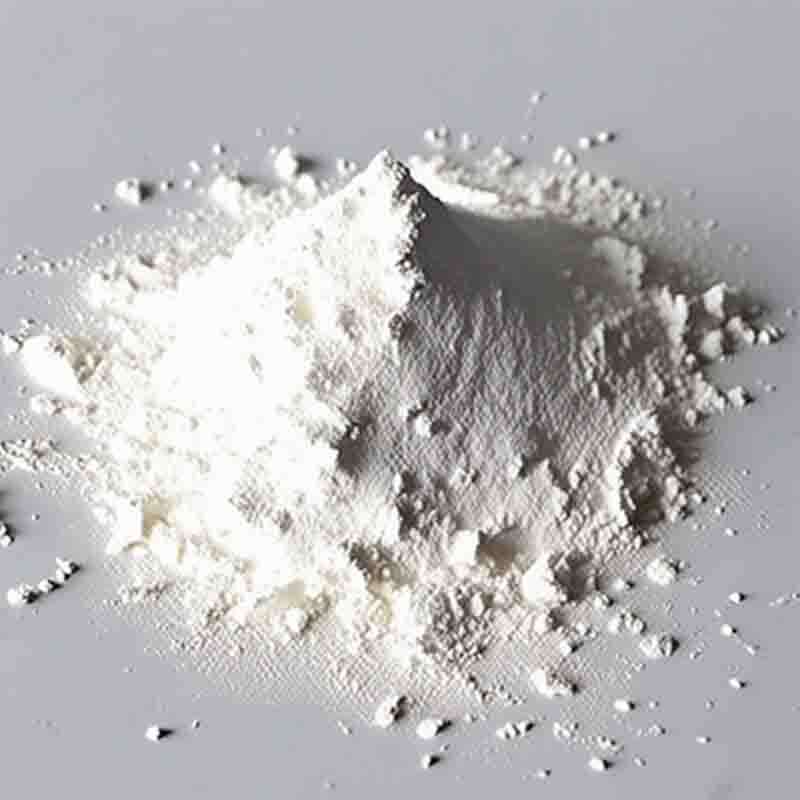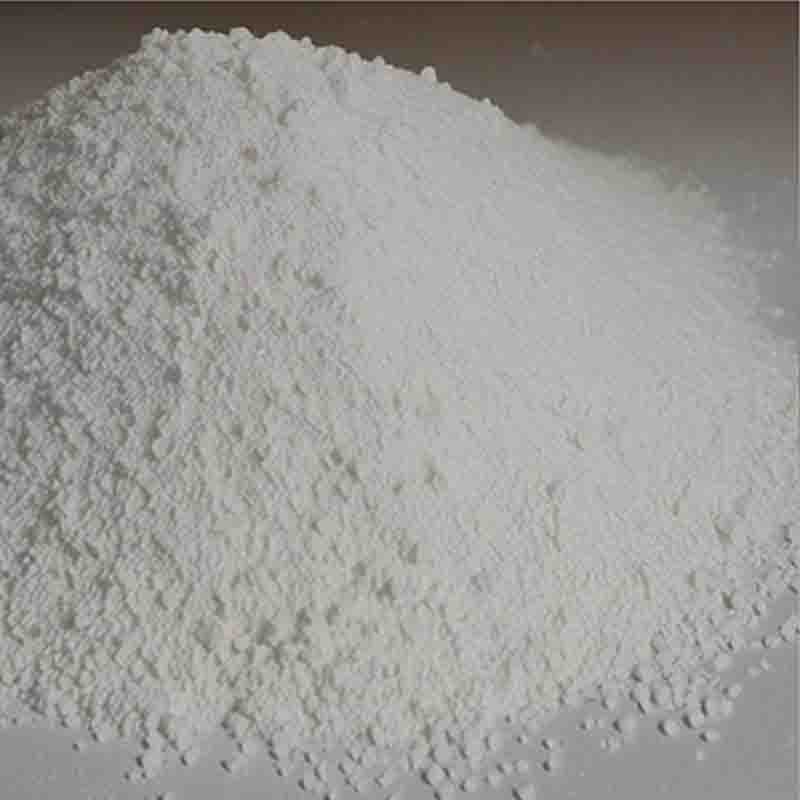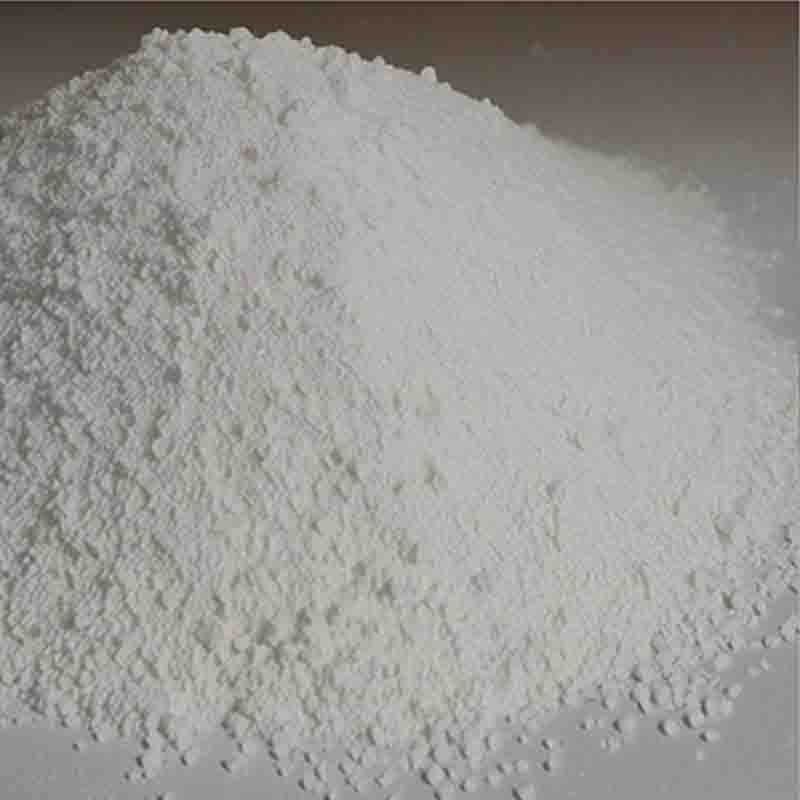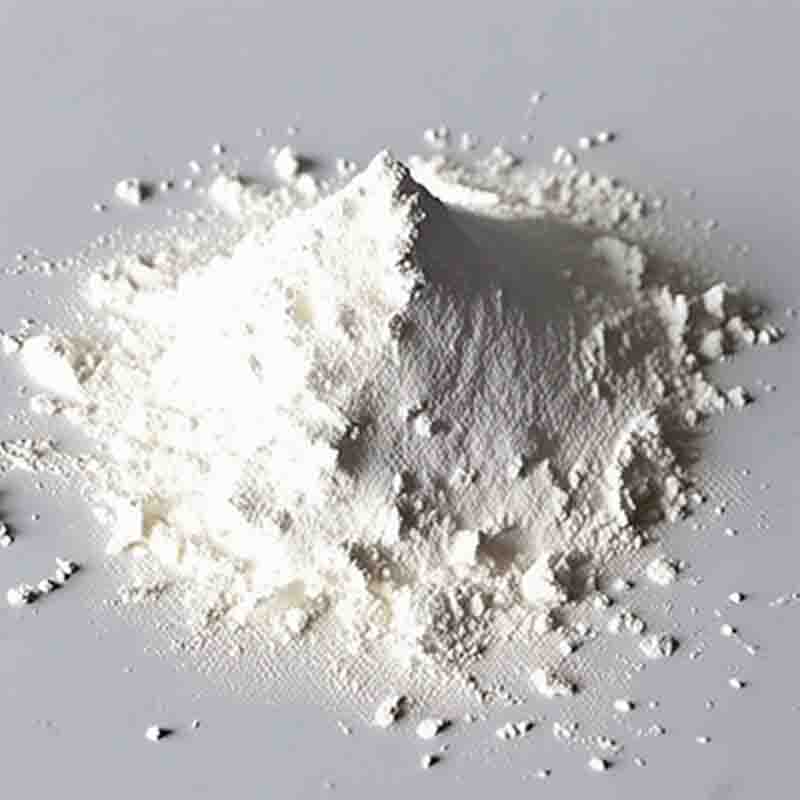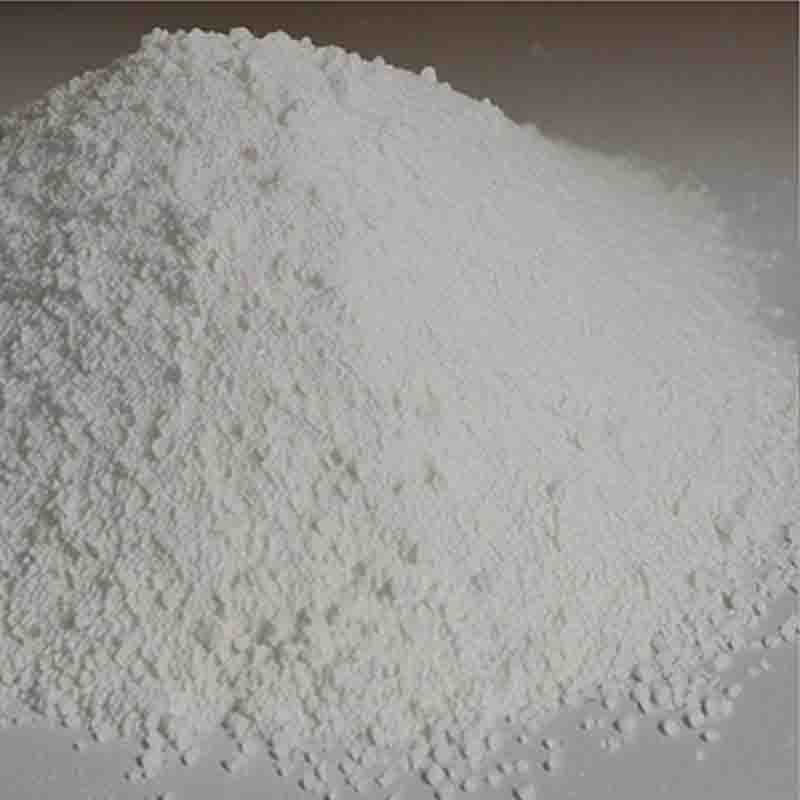Trifluoromethanesulfonic anhydride CAS: 358-23-6
| Catalog Number | XD93572 |
| Product Name | Trifluoromethanesulfonic anhydride |
| CAS | 358-23-6 |
| Molecular Formula | C2F6O5S2 |
| Molecular Weight | 282.14 |
| Storage Details | Ambient |
Product Specification
| Appearance | White powder |
| Assay | 99% min |
Trifluoromethanesulfonic anhydride, commonly known as triflic anhydride or Tf2O, is a versatile reagent widely used in organic synthesis, particularly in the field of synthetic chemistry. It is a highly reactive compound that serves multiple purposes due to its strong acidity and ability to undergo various chemical reactions.One of the primary uses of triflic anhydride is as a dehydration agent. It reacts vigorously with alcohols, converting them into their corresponding ethers. This reaction, known as the Williamson ether synthesis, is commonly employed in laboratory settings and industrial processes to form complex organic molecules. Triflic anhydride is especially useful for converting hindered alcohols, which may not readily react with other reagents, into ethers efficiently.Additionally, triflic anhydride is utilized in the protection and deprotection of functional groups in organic synthesis. It can be used to protect sensitive functional groups, such as alcohols and amines, by forming stable triflates. These triflates can then be selectively deprotected under appropriate conditions to regenerate the desired functional groups. This strategy is particularly valuable in multi-step synthesis, where the protection and deprotection of functional groups are necessary to achieve desired reactions selectively.Triflic anhydride also finds application as a catalyst and a promoter in various reactions. Its high acidity, derived from the trifluoromethanesulfonic acid it generates in the presence of water, facilitates acid-catalyzed reactions. It can promote a variety of transformations like esterifications, acylations, and rearrangements, enabling the synthesis of complex molecules.Furthermore, triflic anhydride is employed as a strong electrophile in different reactions. It can react with nucleophiles to introduce triflyl (CF3SO2) groups, which are versatile functionalities in synthetic chemistry. Triflyl groups act as good leaving groups, enabling subsequent reactions such as nucleophilic substitutions or rearrangements.Despite its utility, triflic anhydride must be handled with caution due to its highly corrosive nature and potential reactivity. Proper safety measures must be taken, including the use of appropriate protective clothing, gloves, and eyewear, as well as working in a well-ventilated area. Additionally, due to its corrosive nature, it is recommended to handle triflic anhydride under an inert atmosphere.In summary, triflic anhydride is a valuable reagent in organic synthesis due to its ability to function as a dehydrating agent, a protecting and deprotecting agent for functional groups, a catalyst, a promoter, and an electrophile. Its versatility and reactivity make it an integral part of many laboratory procedures and industrial processes, enabling the efficient synthesis of various organic compounds. However, caution must be exercised when handling triflic anhydride, adhering to proper safety protocols to ensure the well-being of the chemist and prevent accidents in the laboratory.


